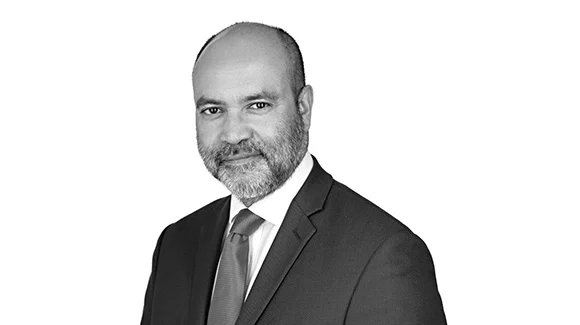Nobody wants to see the value of their retirement savings fall, no matter where they are in their investment journey. But the impact of losses for someone in retirement can be more acute than for someone still working.
Those still working and earning money have more opportunities to address a drop in their portfolio – including saving more or working longer. But if a retired investor’s portfolio heads south, there are fewer levers to pull. Put simply, a person’s financial resilience reduces when they retire.
Financial capital v human capital
Consider the difference between an individual’s ‘financial capital’ and their ‘human capital’. Financial capital refers to monetary and physical assets like savings, pensions, property, and investments. Human capital can be thought of as a stream of future income to be realised over time. It is built up through the acquisition of skills and abilities, which add to productivity, and pay off later in life. Combining these two metrics gives an individual’s overall wealth.
A young person is more likely to have low financial capital, but high human capital. This is because they have many years still to gain skills and experience, and to work, earn money and ultimately build savings – including their pension pot.
An older individual, on the other hand, is likely to have high financial capital but less human capital – they are no longer earning an income and have more obligations to meet that deplete their savings.



